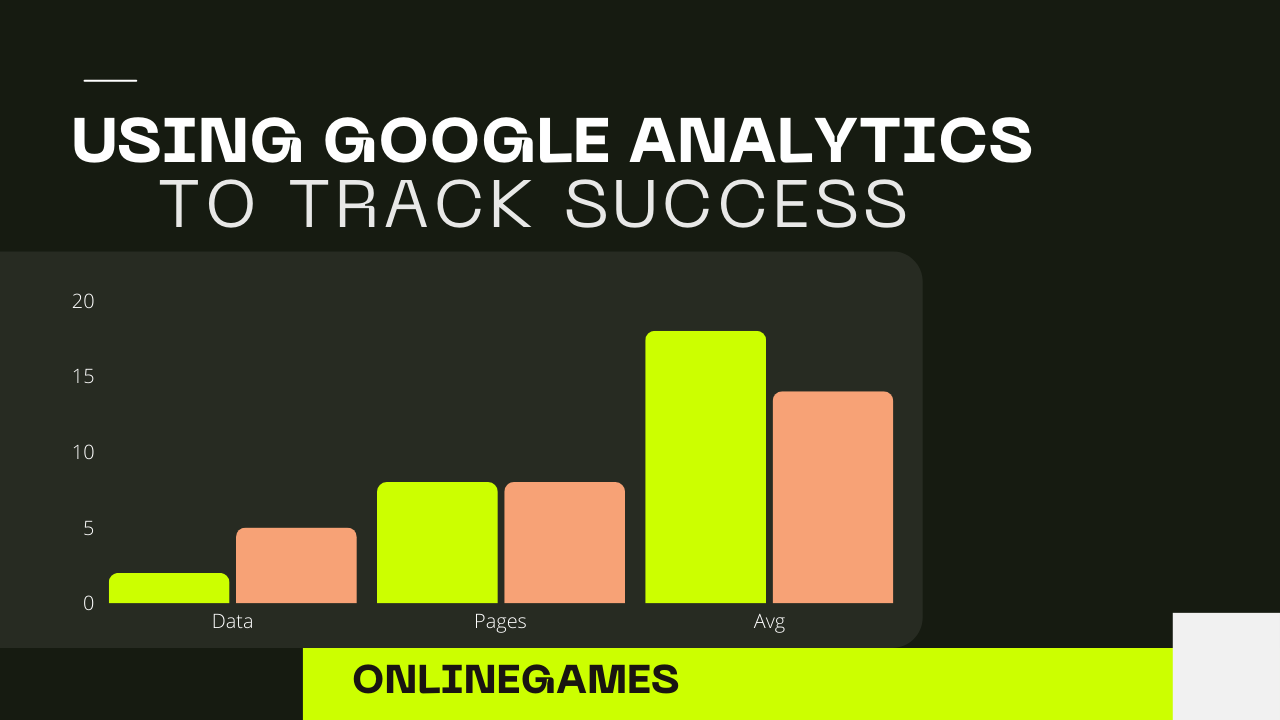Understanding market demand is crucial for businesses aiming to develop products or services that meet customer needs and capitalize on emerging opportunities. Whether you’re launching a startup, expanding an existing business, or introducing a new offering, identifying market demand involves thorough research, analysis, and strategic decision-making to align with consumer preferences and trends.
Conducting Market Research
Define Your Target Audience
Begin by defining your target audience—the specific demographic, psychographic, and behavioural characteristics of potential customers who are likely to purchase your product or service. Segment your audience based on factors such as age, gender, income level, geographic location, interests, and purchasing behaviour. Understanding your target audience enables precise targeting and tailored marketing strategies.
Analyze Industry Trends
Analyze industry trends to identify shifts in consumer preferences, technological advancements, regulatory changes, and competitive landscape dynamics. Stay informed through industry reports, market studies, and trade publications to gain insights into emerging opportunities and potential market gaps. Monitor social media discussions, online forums, and customer reviews for real-time feedback on market trends and evolving consumer expectations.
Assess Competitor Strategies
Study competitor strategies to benchmark against industry leaders and emerging players. Analyze their product offerings, pricing strategies, marketing tactics, distribution channels, and customer engagement approaches. Identify gaps or underserved segments in the market that present opportunities for differentiation and innovation. Conduct a SWOT (Strengths, Weaknesses, Opportunities, Threats) analysis to assess your competitive position and strategic advantages.
Analyzing Consumer Needs and Preferences
Conduct Surveys and Focus Groups
Engage directly with consumers through surveys, focus groups, and interviews to gather qualitative insights into their needs, preferences, and pain points. Ask probing questions to uncover unmet needs, desired features, and areas where existing solutions fall short. Incorporate feedback from diverse customer segments to ensure inclusivity and a comprehensive understanding of market dynamics.
Utilize Data Analytics
Utilize data analytics tools to analyze quantitative data such as sales trends, customer demographics, website traffic patterns, and conversion rates. Leverage predictive analytics and customer segmentation techniques to anticipate future demand patterns and personalize marketing efforts. Implement A/B testing to experiment with different product features, pricing models, and promotional strategies based on data-driven insights.
Identifying Niche Opportunities
Explore Emerging Markets
Explore emerging markets and niche segments that exhibit growth potential and align with your business capabilities. Identify underserved customer segments or niche interests that may be overlooked by larger competitors. Innovate and tailor your offerings to address specific pain points or specialized requirements within these niche markets, positioning your business as a unique and valuable solution provider.
Monitor Consumer Behavior Shifts
Monitor shifts in consumer behaviour and purchasing habits influenced by cultural, economic, or societal changes. Adapt your marketing messages, product features, and distribution channels to align with evolving consumer preferences and lifestyle trends. Stay agile and responsive to consumer feedback to maintain relevance and sustain long-term customer loyalty.
Identifying market demand involves a systematic approach to conducting comprehensive market research, analyzing consumer insights, and monitoring industry trends. By understanding your target audience, assessing competitor strategies, and exploring niche opportunities, businesses can strategically position themselves to meet customer needs effectively and capitalize on emerging market trends. Embrace data-driven decision-making, continuous market monitoring, and customer-centric innovation to drive growth and achieve sustainable competitive advantage in today’s dynamic business environment.










